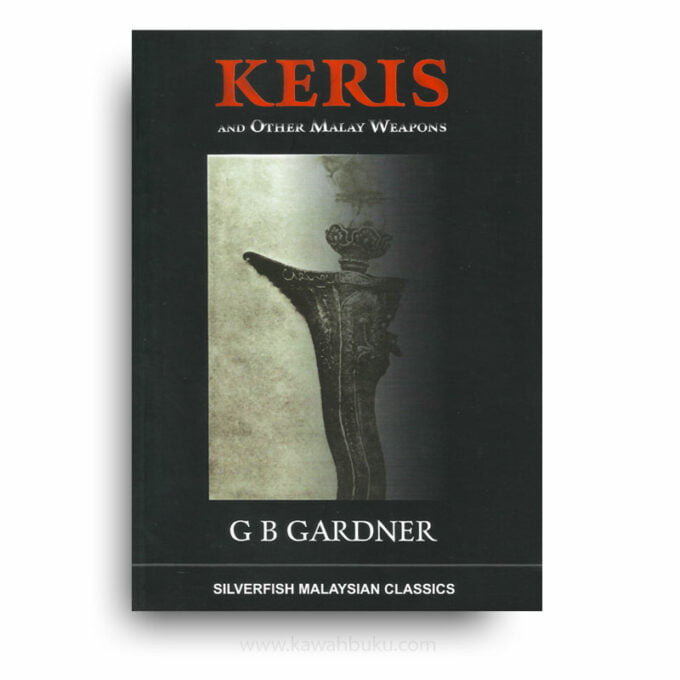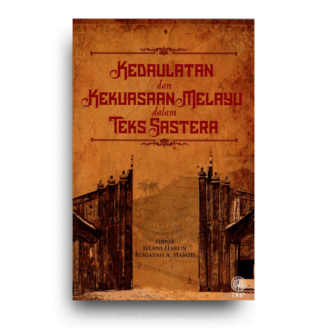Keris and Other Malay Weapons by Gerald B. Gardner is a treatise on Malay weaponry, particularly on the kris, the storied Malay short sword said to possess magical qualities. The author provides a complete survey of the Keris, enumerating its parts, main types and processes of manufacture. His general classification is clear and convincing, and marks a distinct advance in the study of oriental arms; it will be of special use to museum curators. It is noteworthy that his definitions in Keris and Other Malay Weapons are given in detail and used consistently. It is now, therefore, possible to classify this interesting local weapon and to discuss its typology with an agreed terminology.
As to its origins, Gardner quotes the use of the ray sting (Ikan Pari) as a keris, and directs attention to the thumb and finger grip it demands. He, also, follows Dr. van Stein Callenfels in his early dating (seventh century A.D.) for the all-metal, anthropomorphic keris Majapahit. Apart from this strange little weapon, the hilts of keris seem to fall into two main groups, based on a bird type and a demon type, both of which are found on the mainland, extending to the Shan area. Both these basic types, when over-foliated, would seem to merge in the well-known Madura ‘flower’-hilt, which would, therefore, appear to be secondary.
In any event, the keris Majapahit remains a little anomalous. Gardner’s notes upon keris magic are of special interest; sword magic has been somewhat neglected in the Orient and is commoner than extant publications would suggest.
The keris is undoubtedly the distinctive Malay weapon. It is necessary, however, to define a keris. It is primarily a dagger with a handle set at an angle to the blade, a sort of pistol grip, in fact, to enable the wielder to thrust. The keris is, in being the dagger with the greatest reach, compared with the total length of the weapon. Argensola, writing in 1609 says: “At Menancabo excellent weapons called creeses best weapons in all the Orient.”
The keris is a rapier in fact. The European rapier is long and needs a long handle to balance it. The keris being short, a short handle is enough for it’s original form; but as men fought, the keris became longer and heavier. Two more forms were evolved. First, the Sumatran rapier keris, k. bahari; this being long, the handle had to be straightened out to balance it, and it acquired almost the European rapier form; and the secondly, the sundang, the Malay broadsword.











Reviews
There are no reviews yet